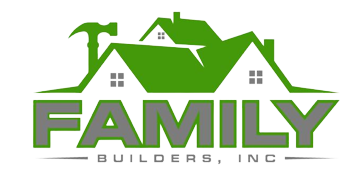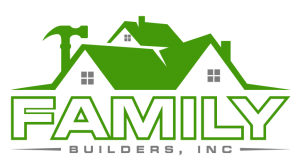When it comes to your home’s exterior, you want to make the best impression possible.
You might be considering artificial turf as a way to improve your lawn’s appearance.
While this is a great option, there are other elements you should consider to create a well-rounded and polished look.
Below, we will go over some of the most important considerations when planning your home’s outdoor space.
Keep these in mind as you make your decision and you will be sure to create a beautiful and lasting impression.
What Is Artificial Turf And Its Benefits
Synthetic turf, also known as artificial turf, is a surface made up of man-made materials that replicate the appearance and feel of natural grass.
It is most commonly used in sports fields and playgrounds, but is becoming an increasingly popular option for residential landscapes as well.
There are many benefits to using artificial turf.
Firstly, it is low-maintenance; you do not have to worry about mowing, watering or fertilizing it.
It is also resistant to wear and tear, so it will look great for many years with minimal upkeep.
And best of all, it is safe for children and pets; there is no need to worry having them get hurt on sharp grass blades.
What Are The Different Types Of Artificial Turf
When it comes to artificial turf, there are three main types: short, medium, and long pile.
Short pile is the most common type and is best for sports fields, as it provides good traction.
Medium pile is good for both sports fields and residential applications, while long pile is mostly used in residential applications.
Each type of artificial turf has its own set of pros and cons, so it is important to choose the right one for your needs.
Outdoor Elements To Consider When Installing Artificial Turf
Installing artificial turf is not as straightforward as installing a regular lawn, so there are a few things to consider when it comes to outdoor elements.
For example, you need to make sure that the turf area is level and free of obstructions; otherwise, you may experience drainage issues.
Additionally, since artificial turf does not require sunlight or water to stay vibrant, it can be placed next to trees, in shaded areas or near playground equipment without fear of damage or discoloration.
You also need to ensure that the ground beneath the turf is able to support its weight.
Most landscaping companies will recommend using a solid material like sand or crushed stone as a sub-base for the artificial turf.
Additionally, you need to be aware that some surfaces may contribute to heat buildup on the synthetic grass and make it uncomfortable for children who play on it.
Thus, you should steer clear of installing artificial turf on hot asphalt surfaces for safety reasons.
Maintenance Tips For Artificial Turf
Here are a few key tips to help you keep your artificial turf looking fresh and new:
Be sure to vacuum your artificial turf regularly, as debris can get stuck in the fibers and cause discoloration.
Additionally, take the time to use a stiff brush or broom to sort the fibers back into their original shape.
In addition to regular vacuuming and brushing, you should also be sure to protect your artificial turf from UV rays by using an outdoor protective coating or a specially designed fabric protector.
This will help maintain its color and texture for years to come.
Finally, use an anti-fungal spray if you notice any mold or mildew growing on or around your artificial turf.
Follow these simple steps for regular maintenance and you will have a beautiful lawn all year round.

